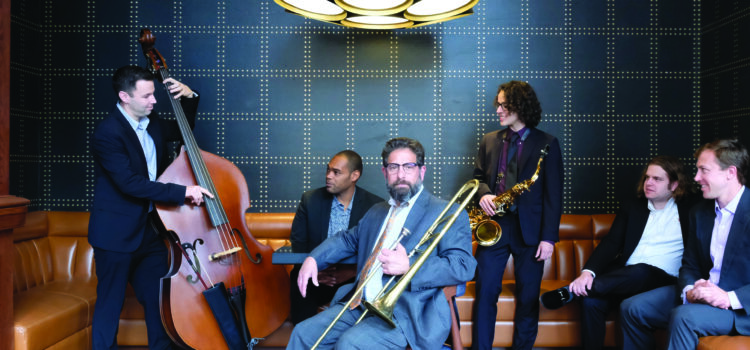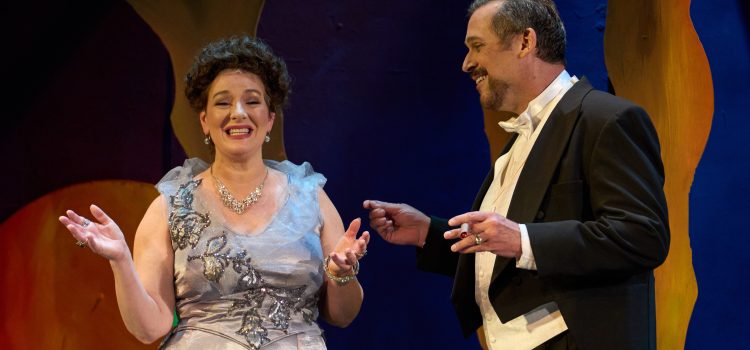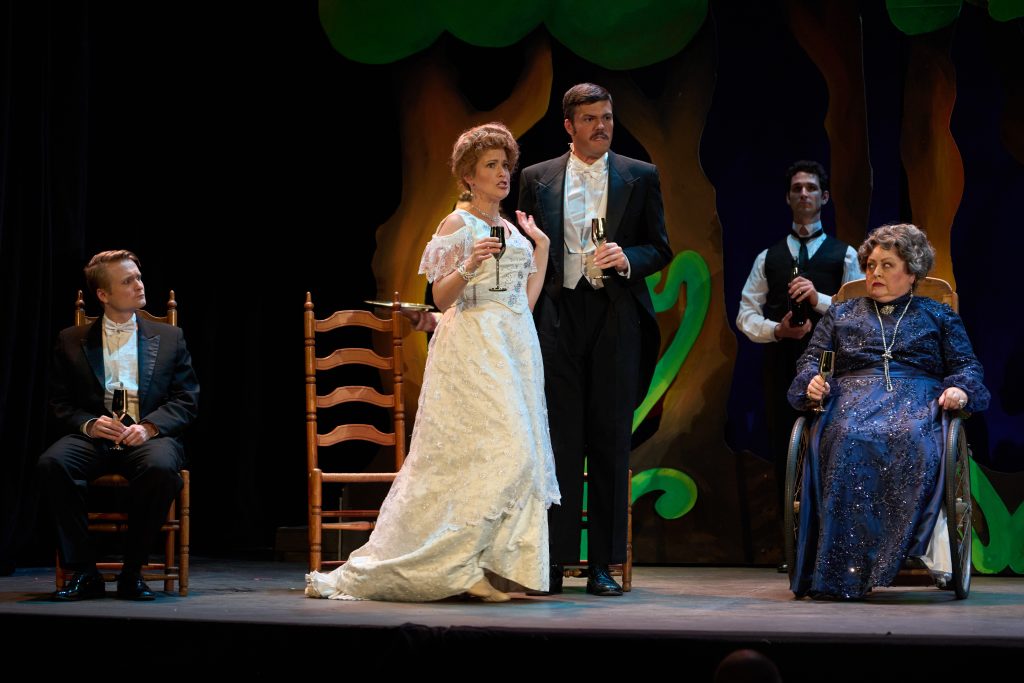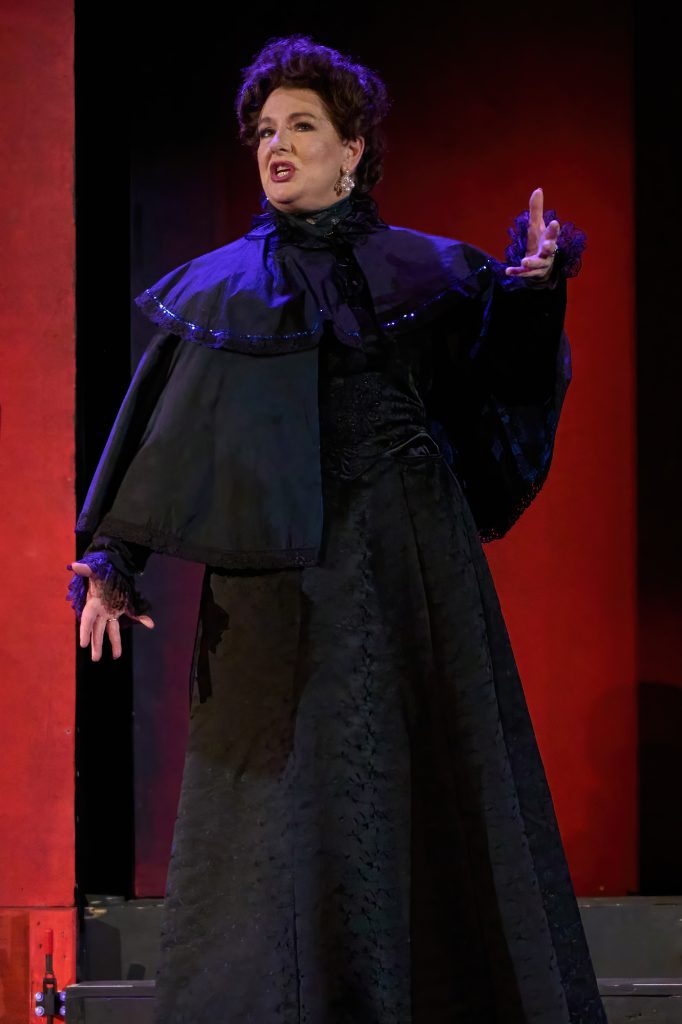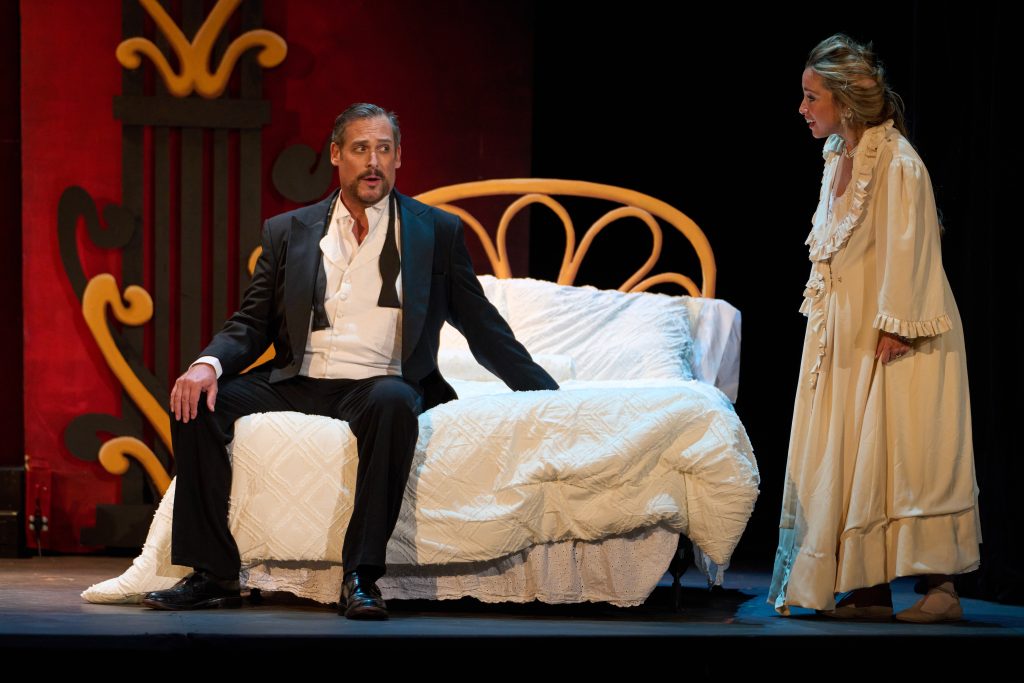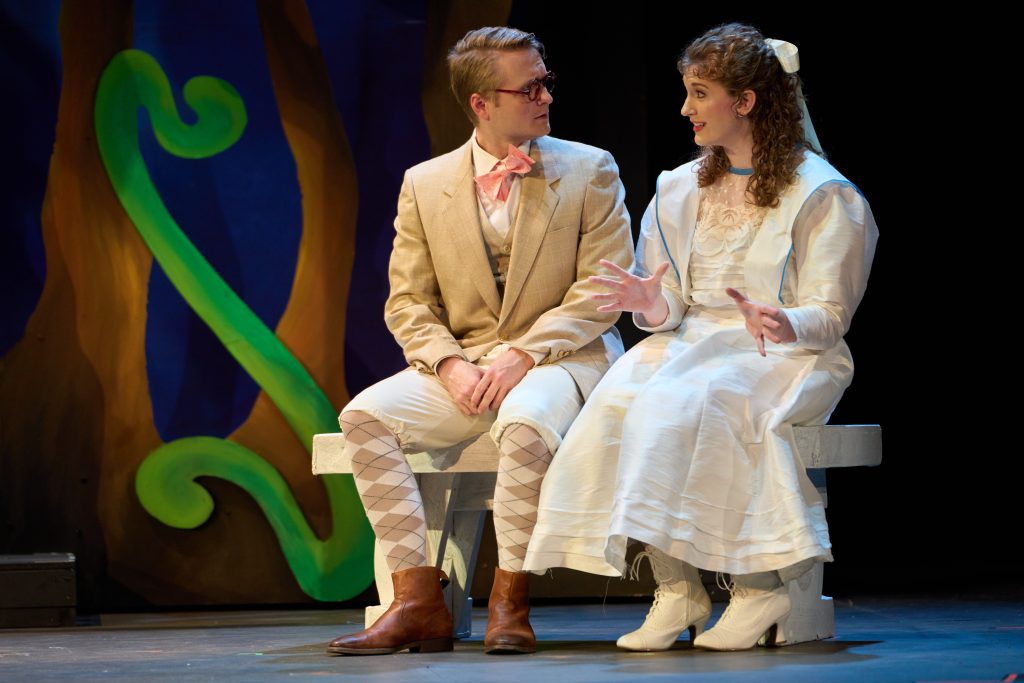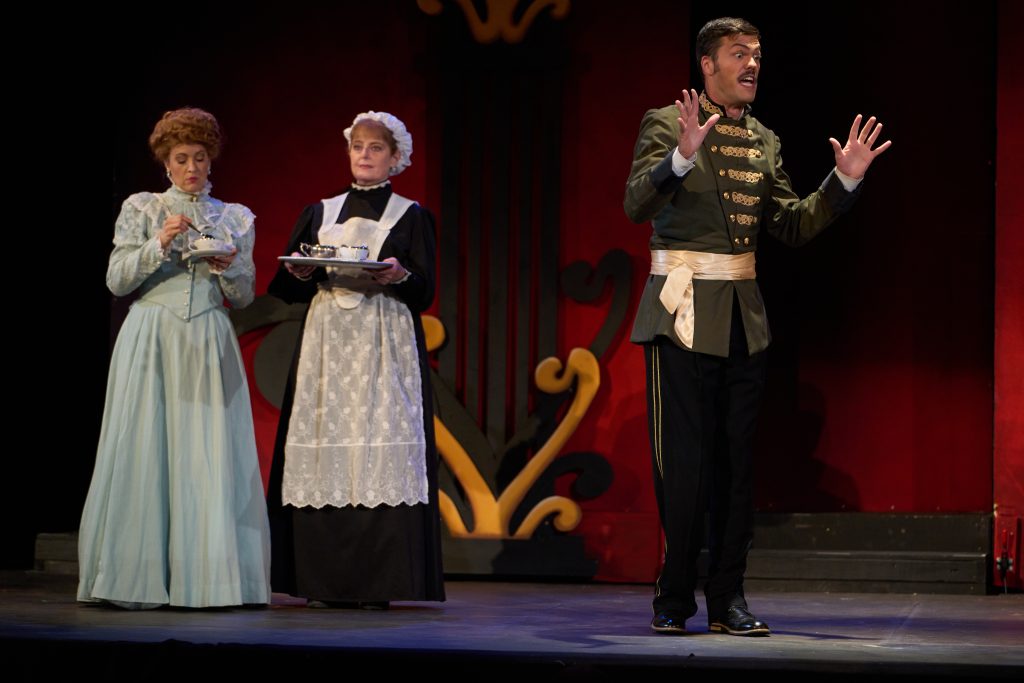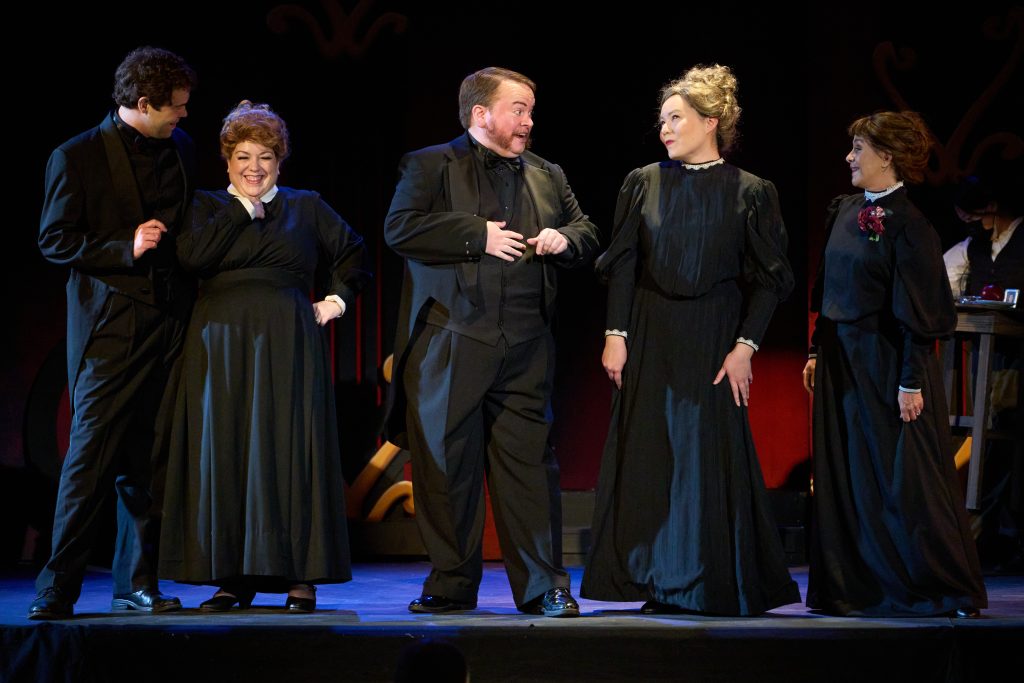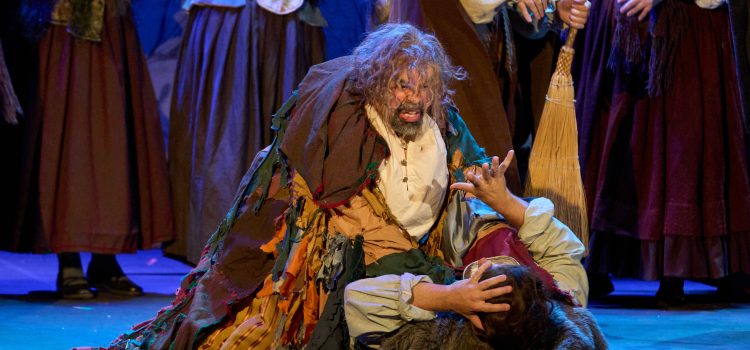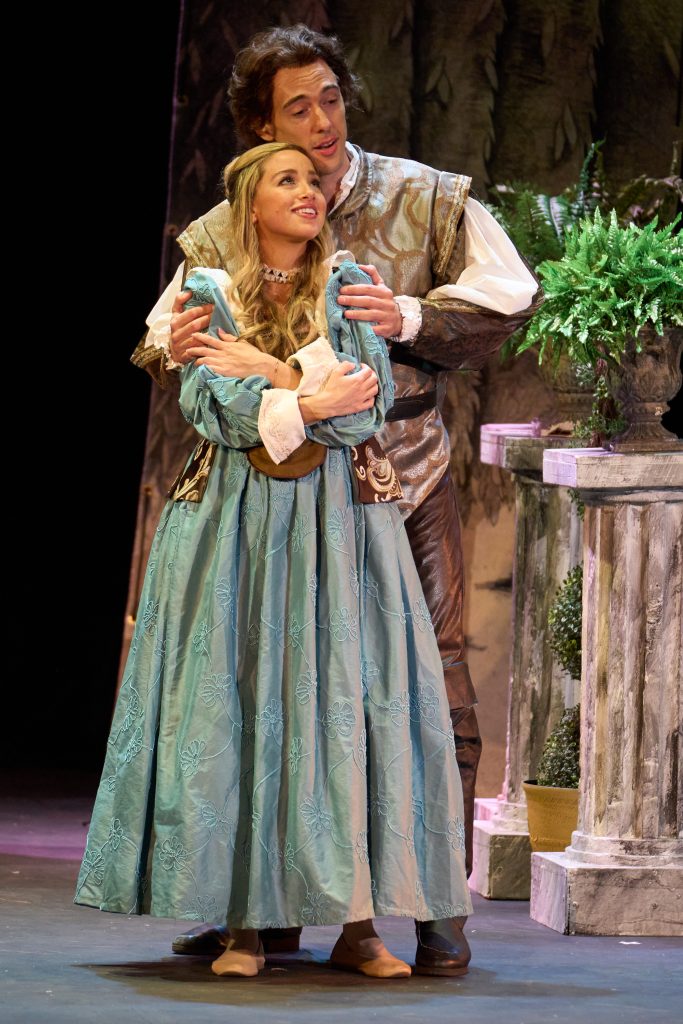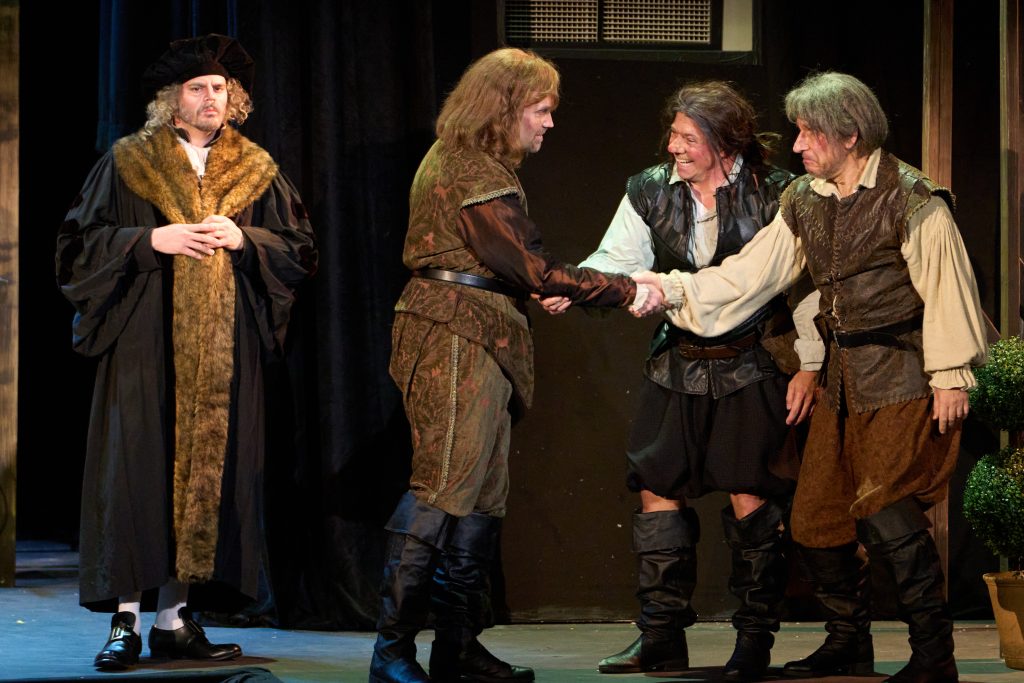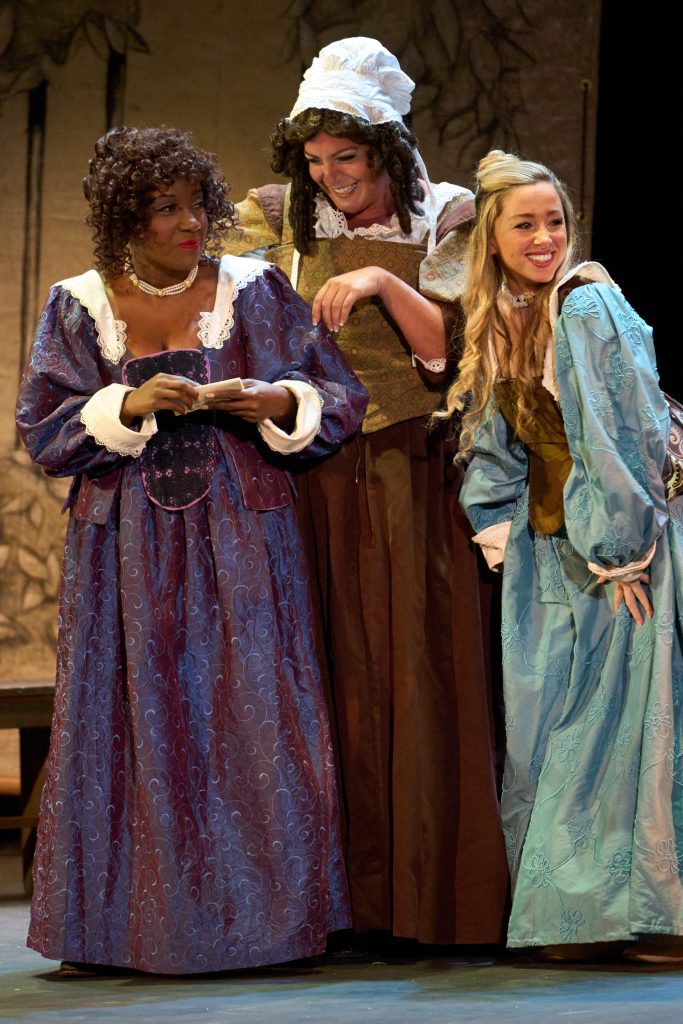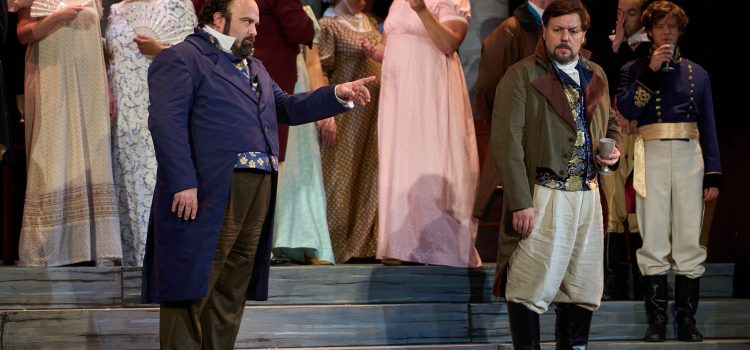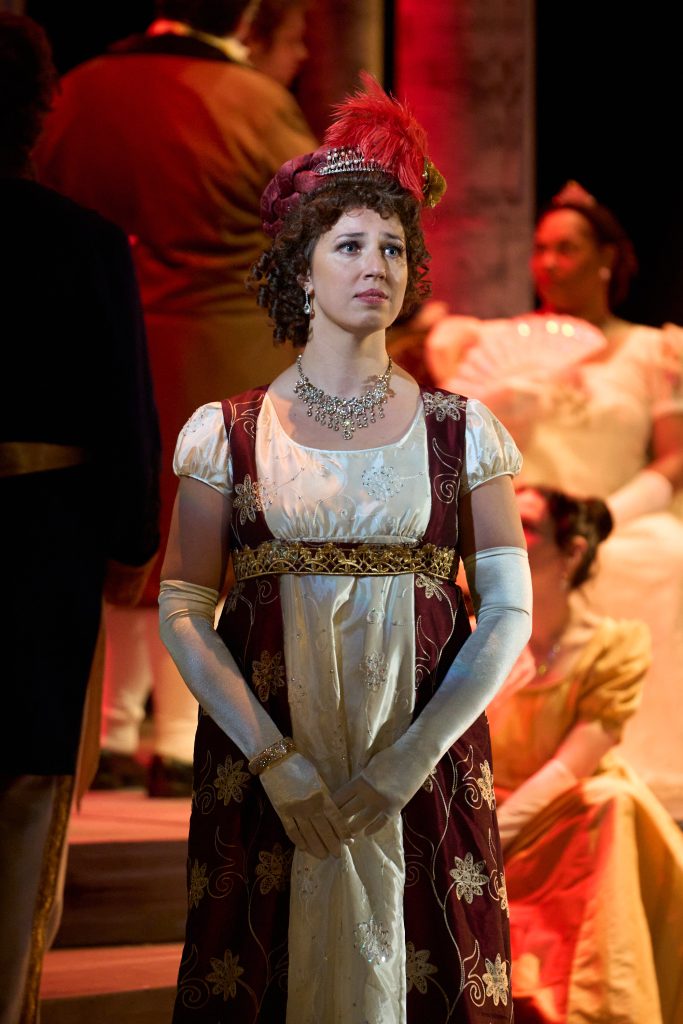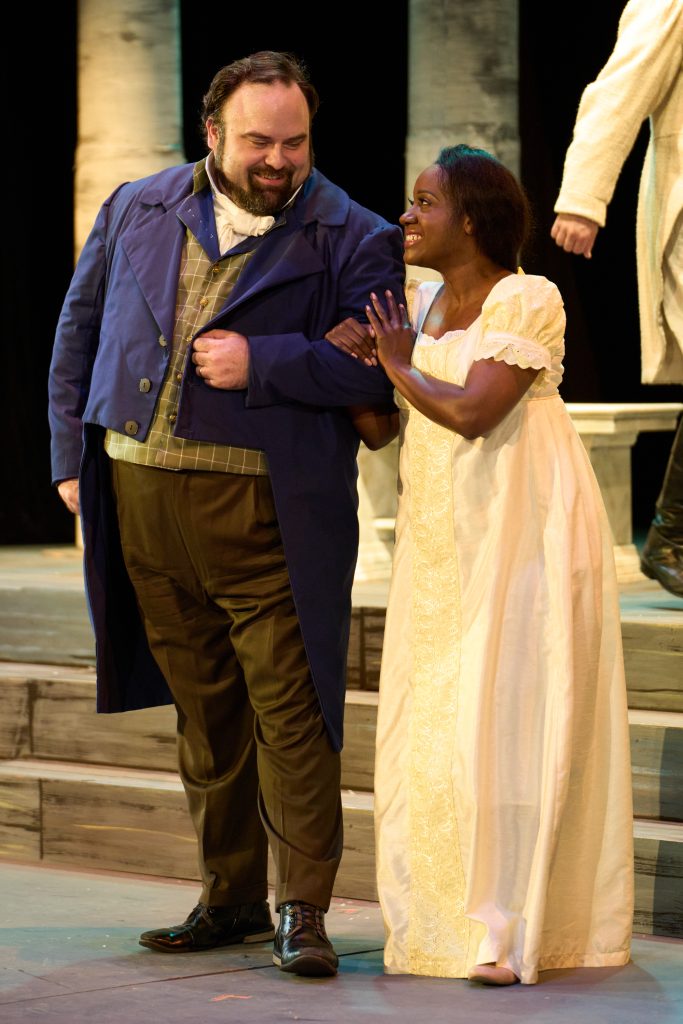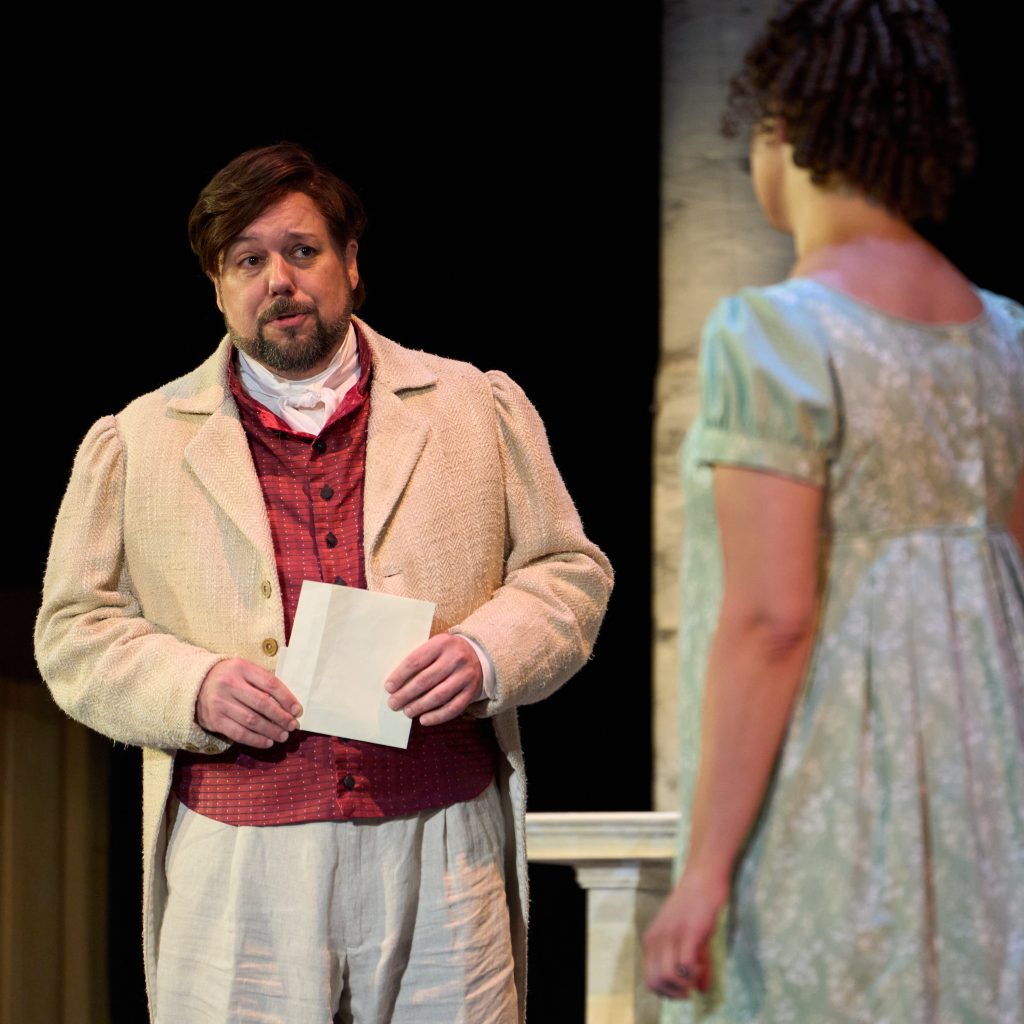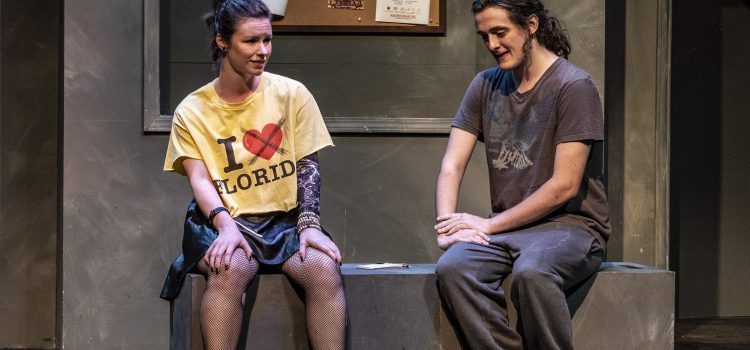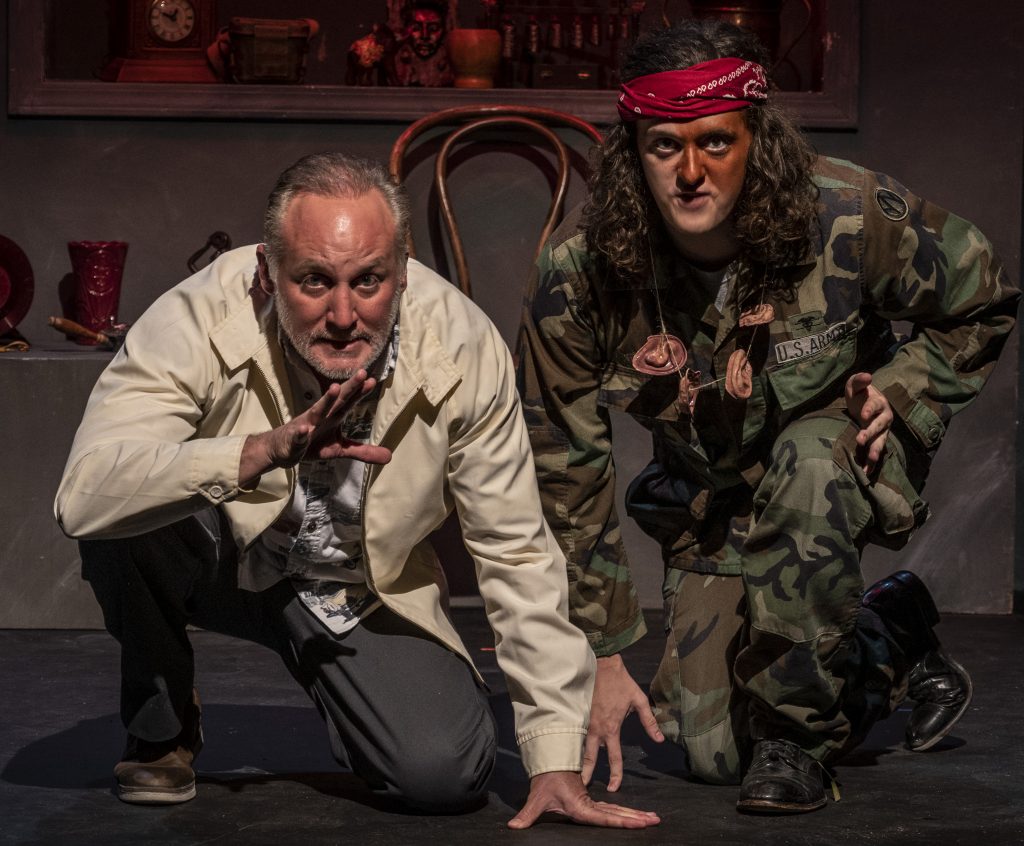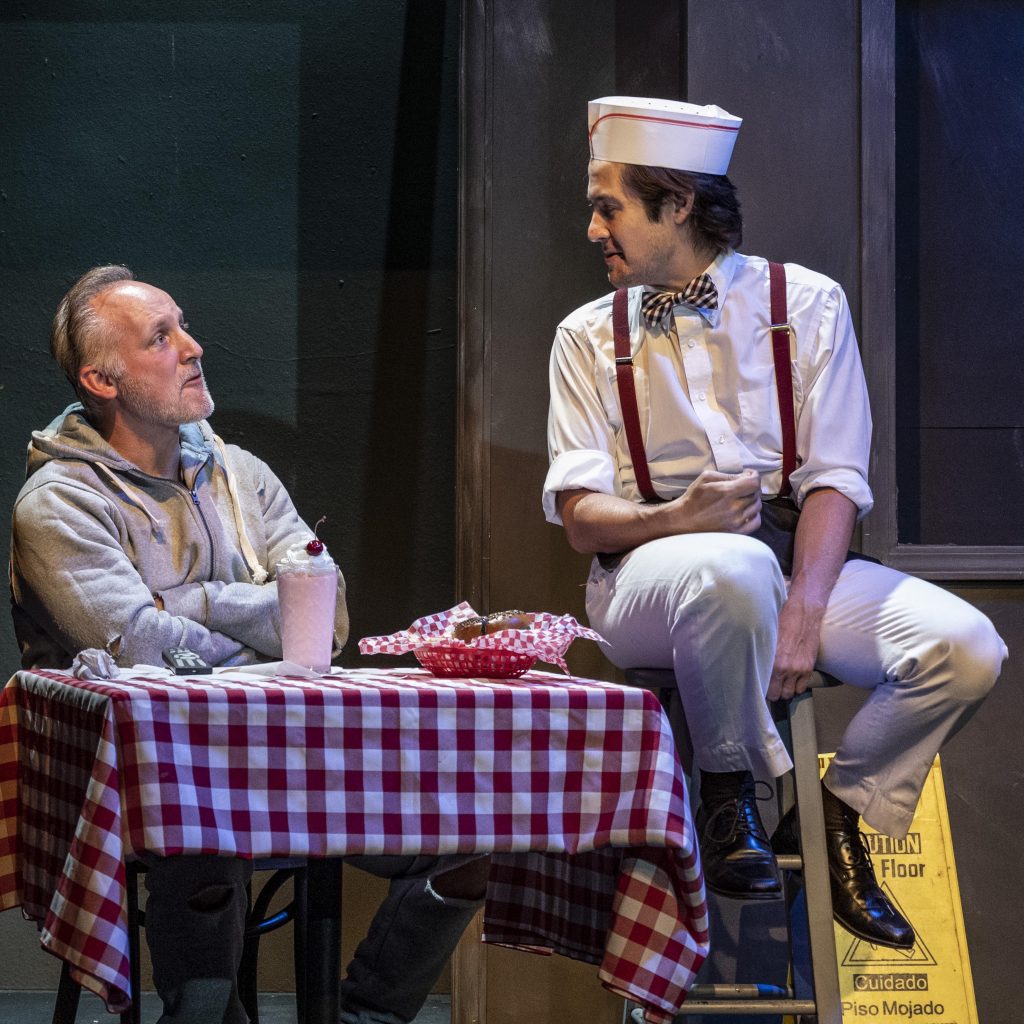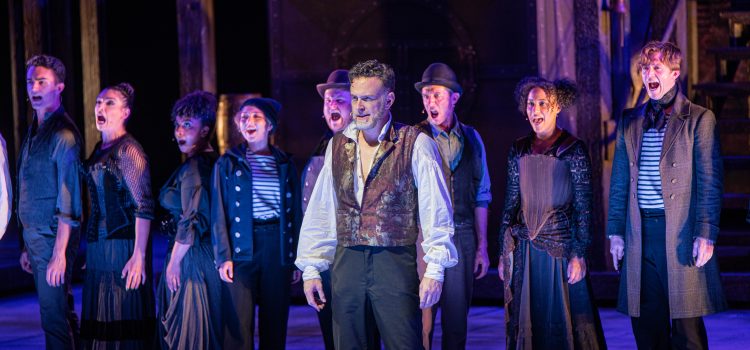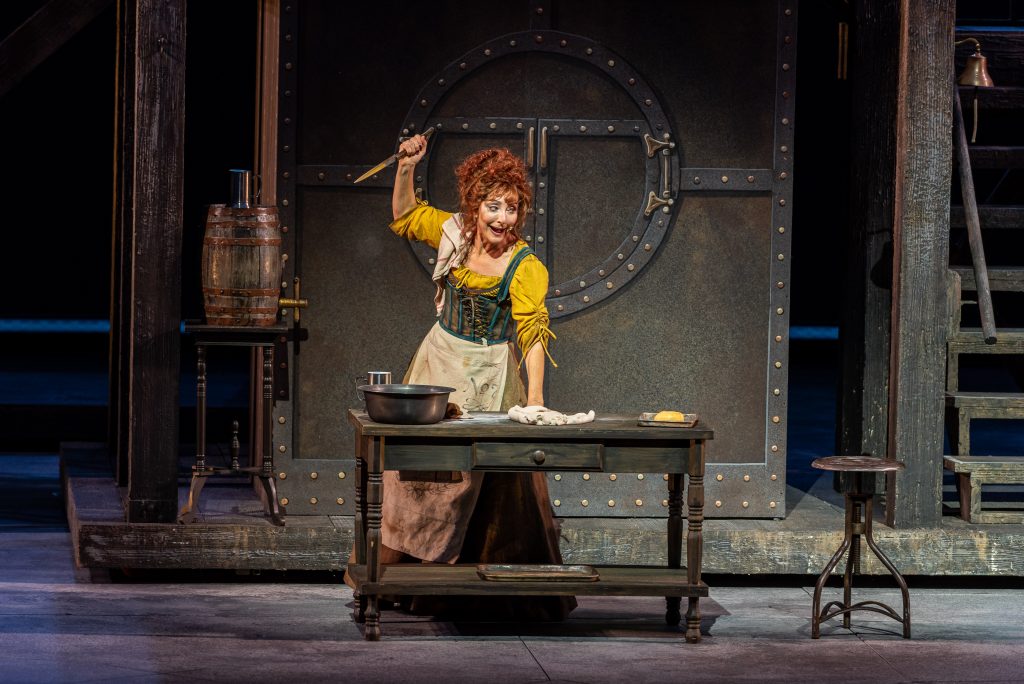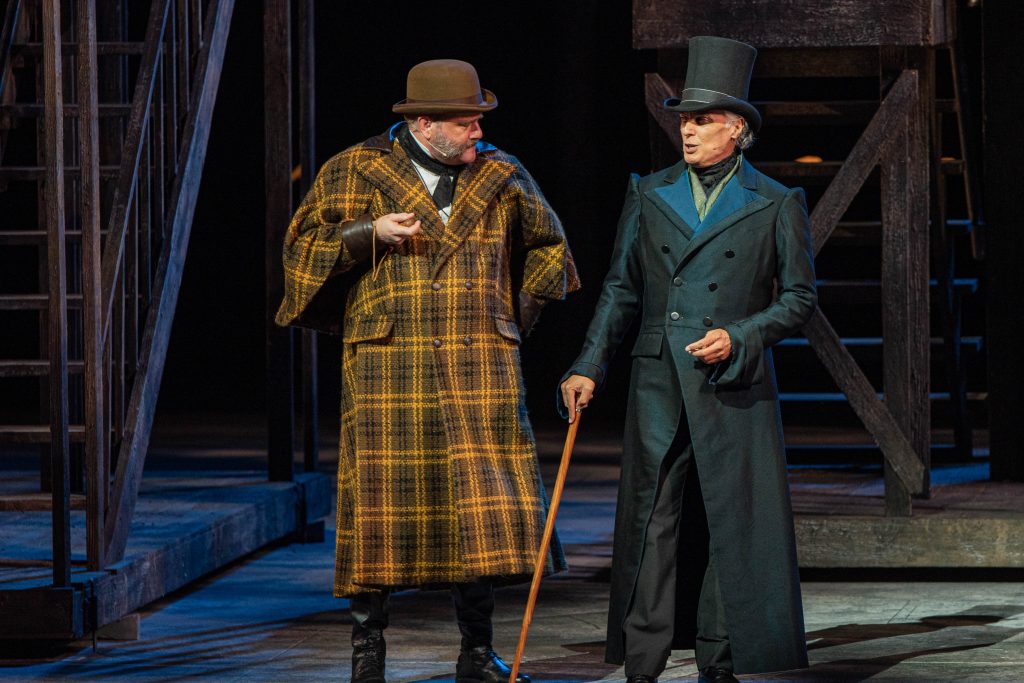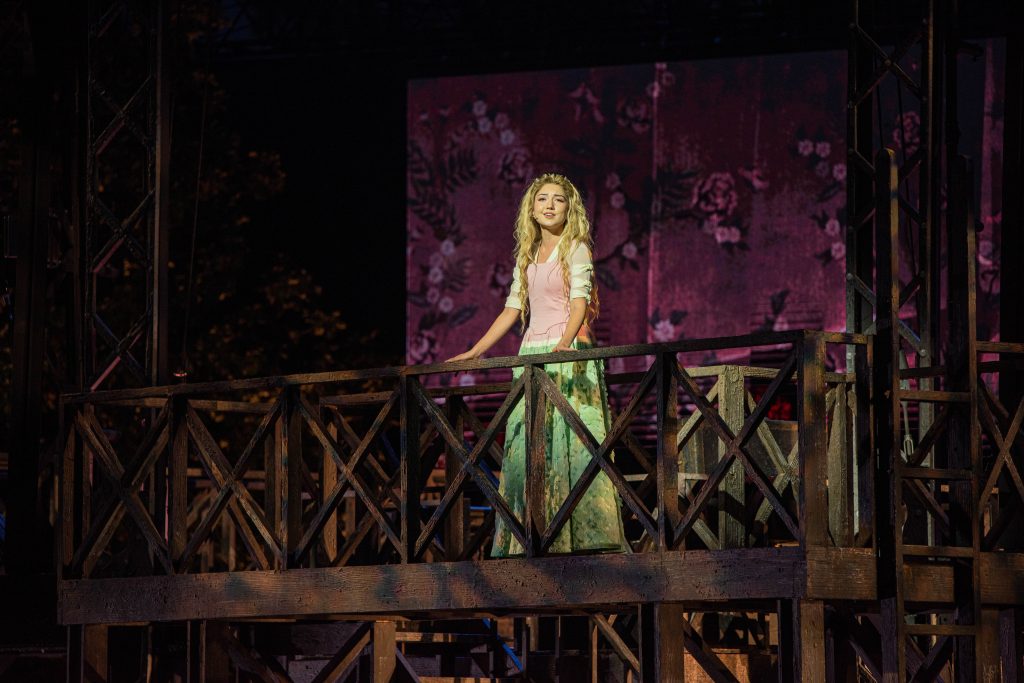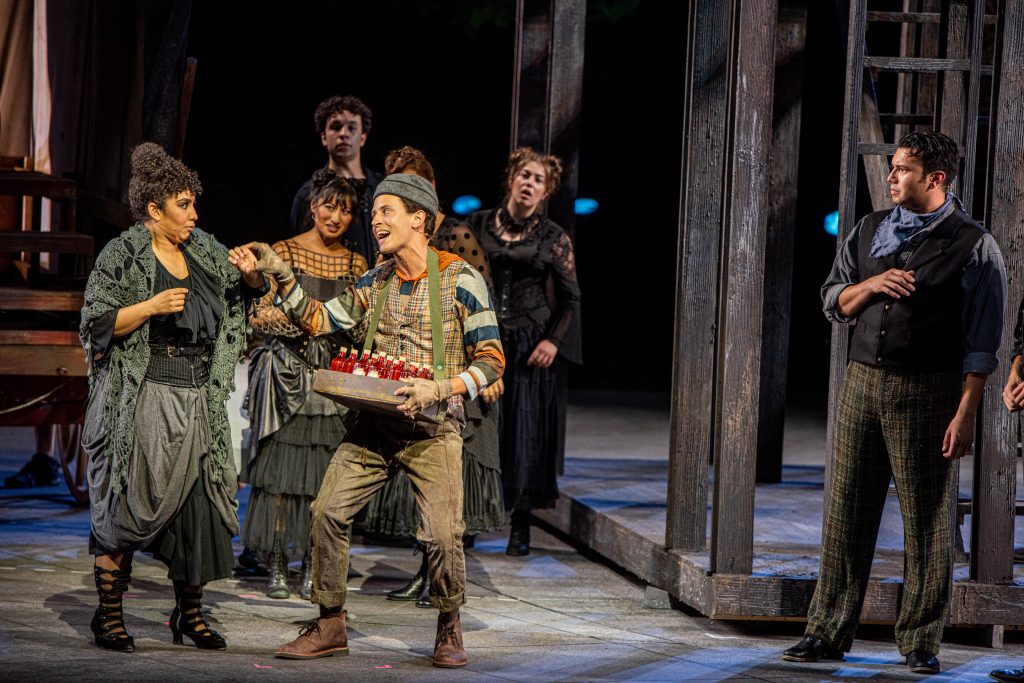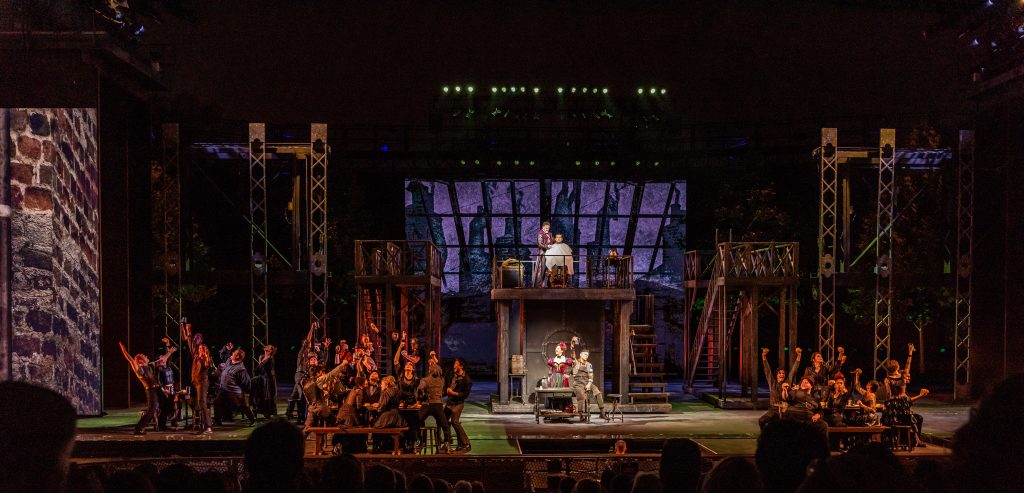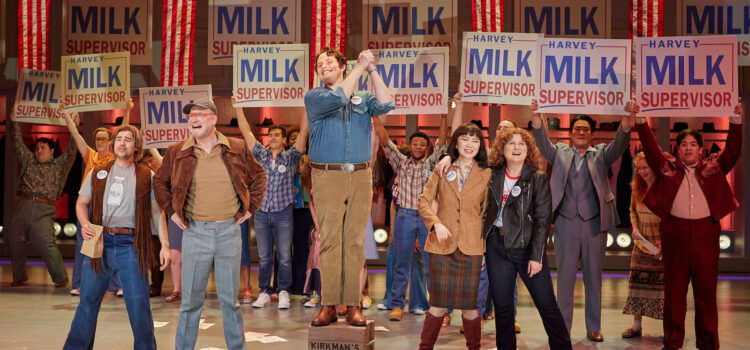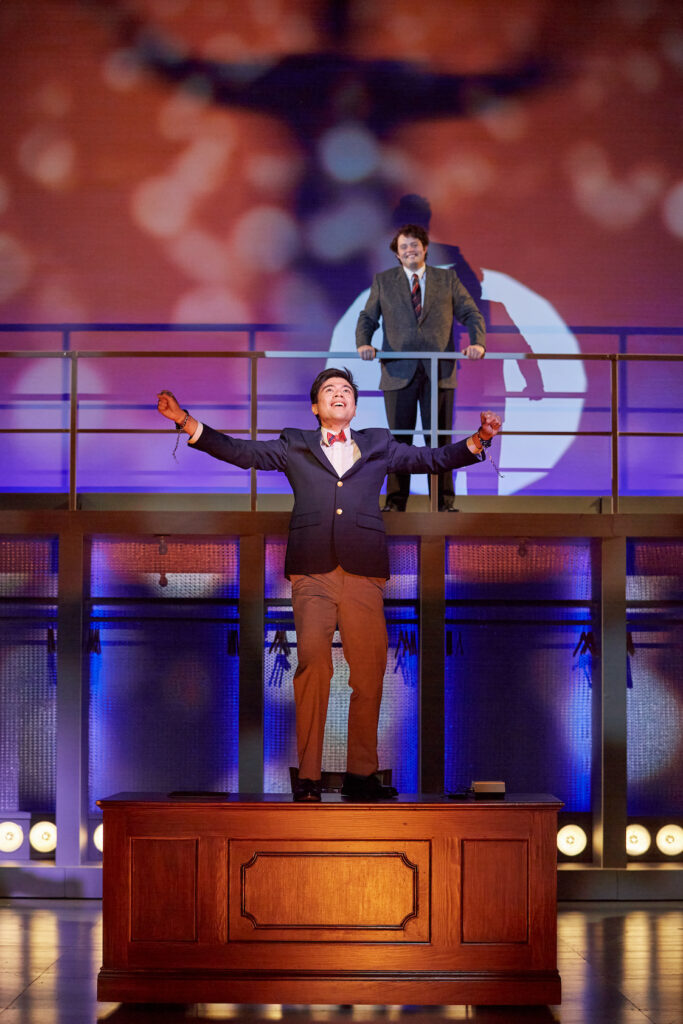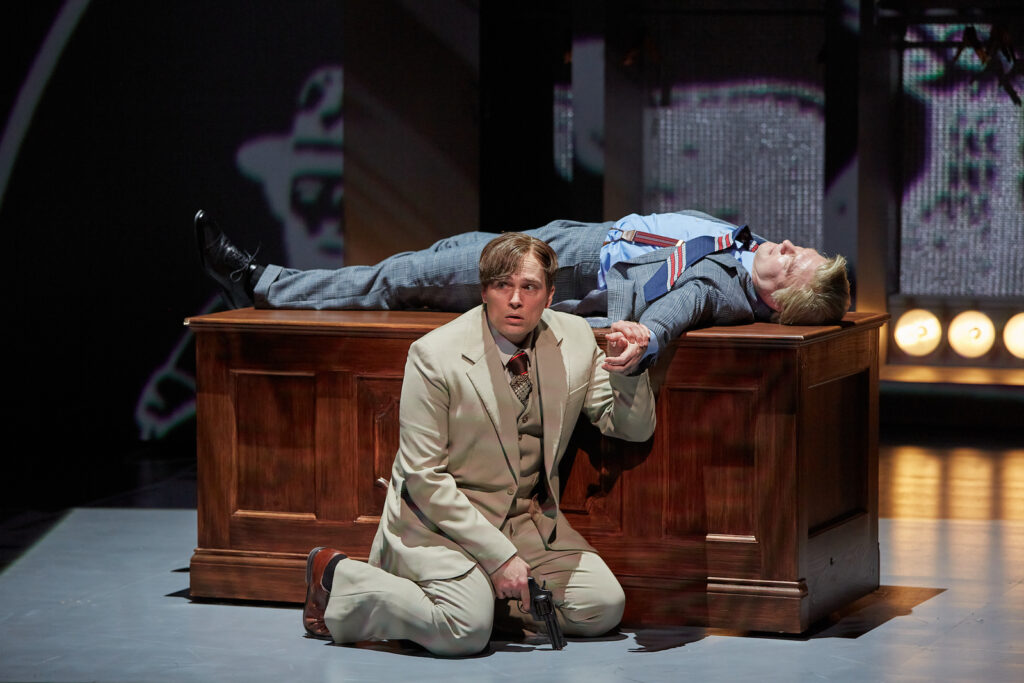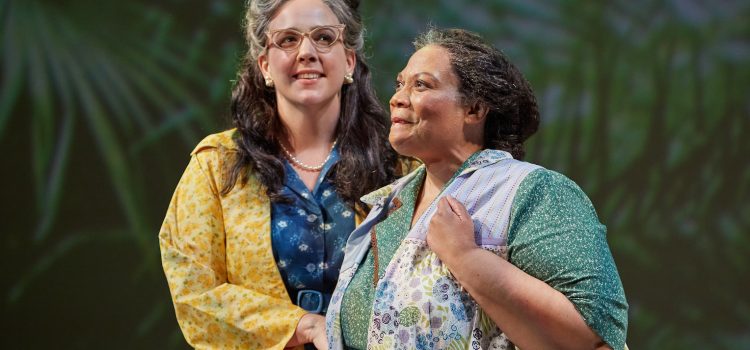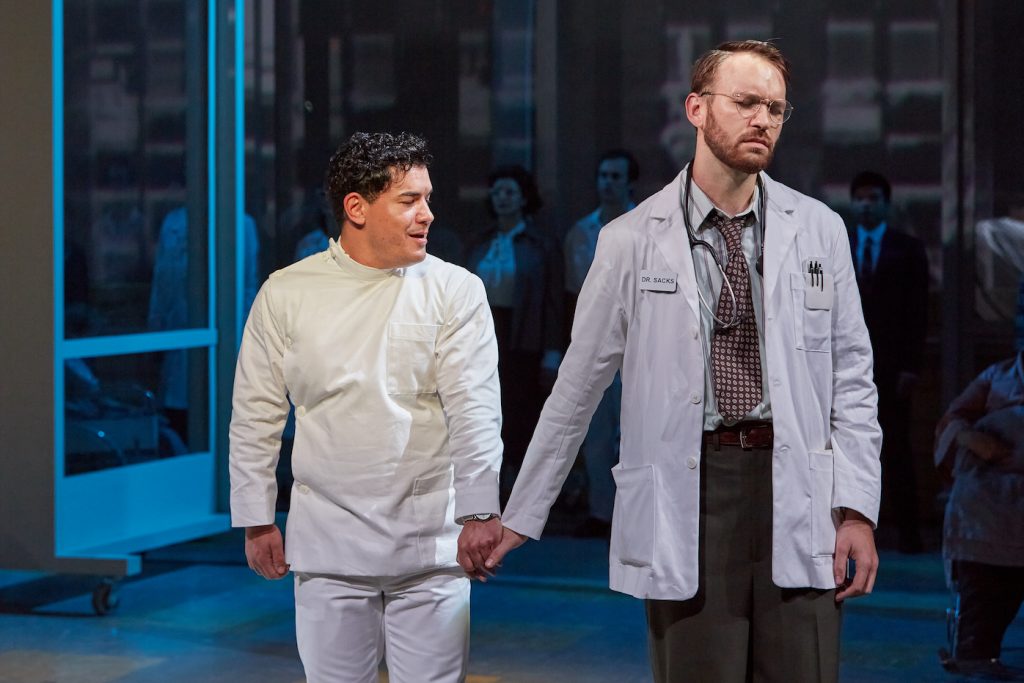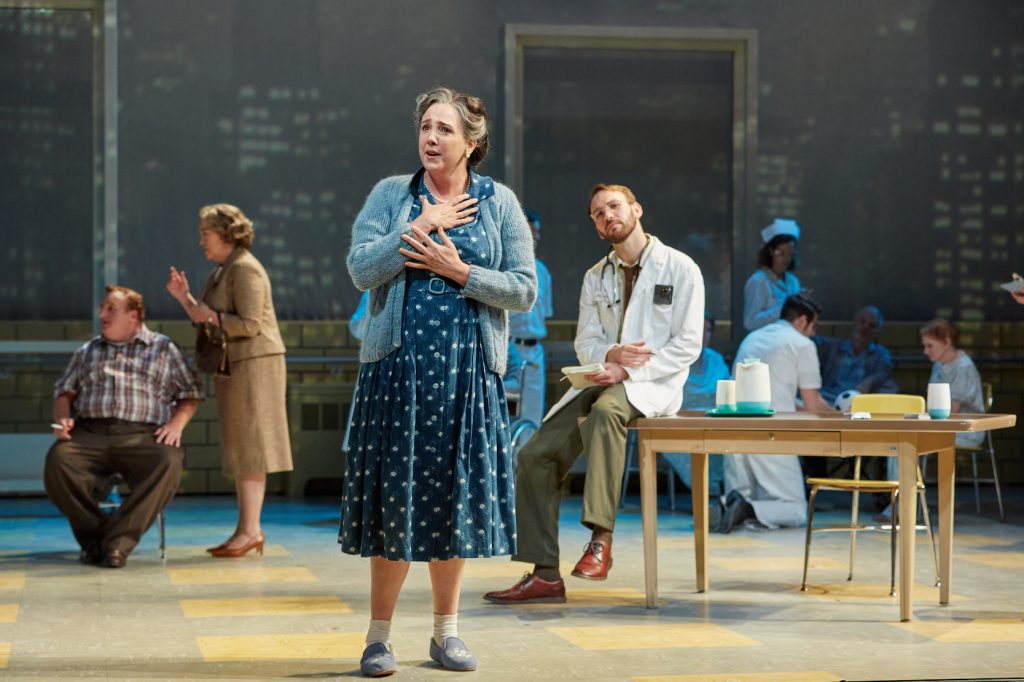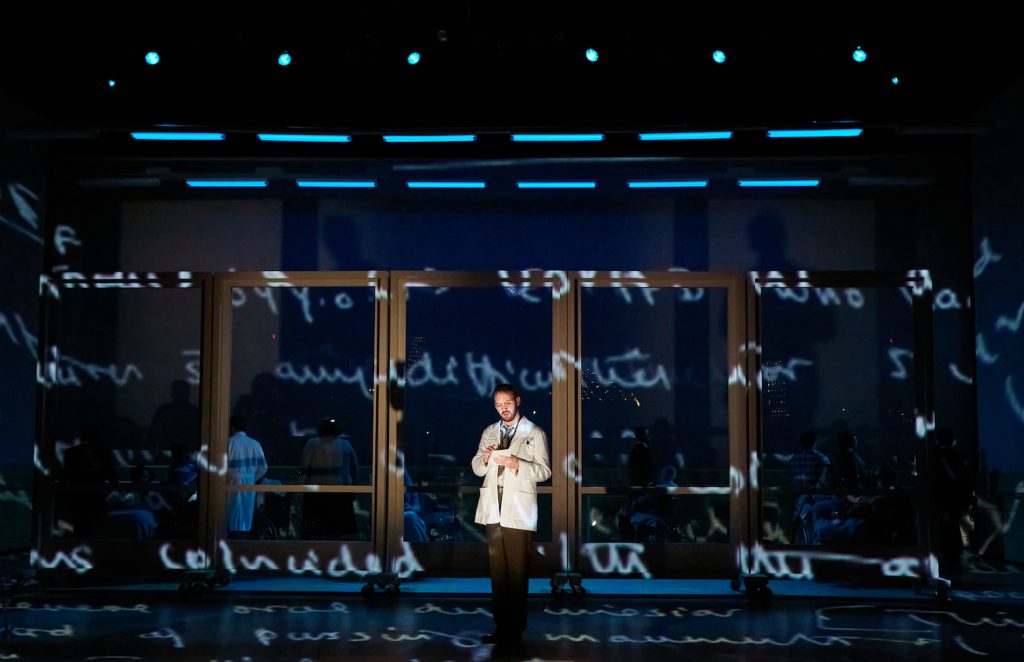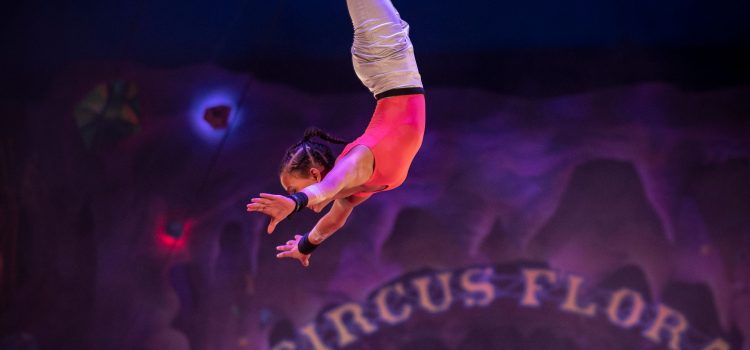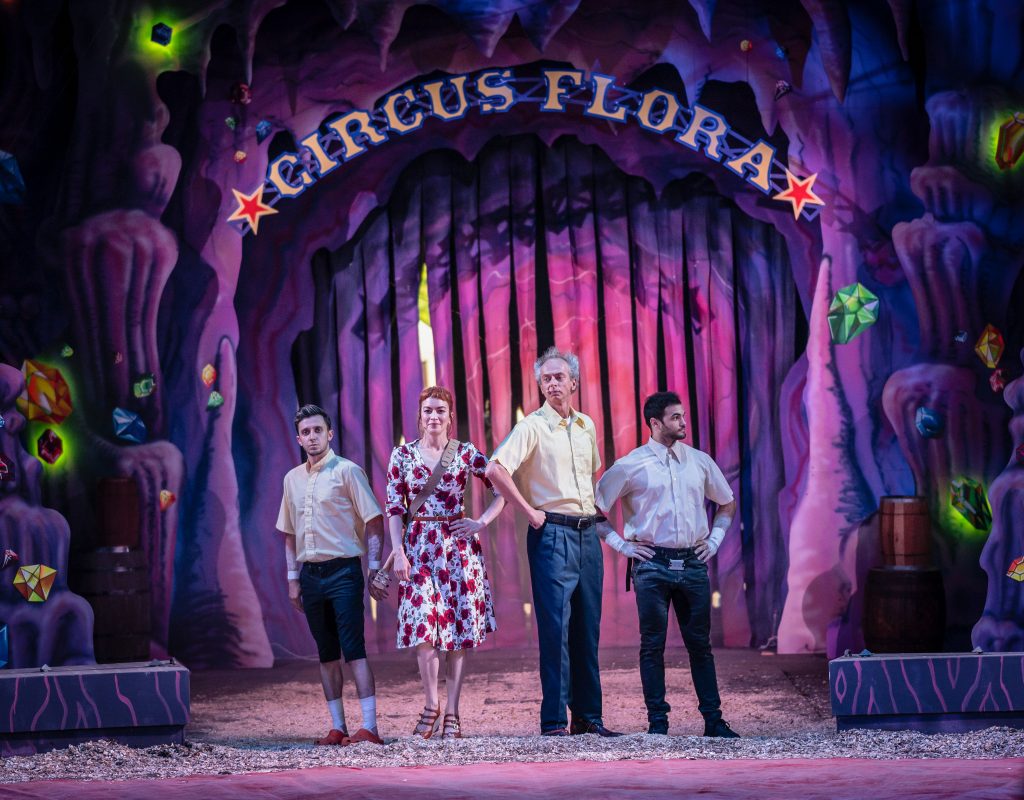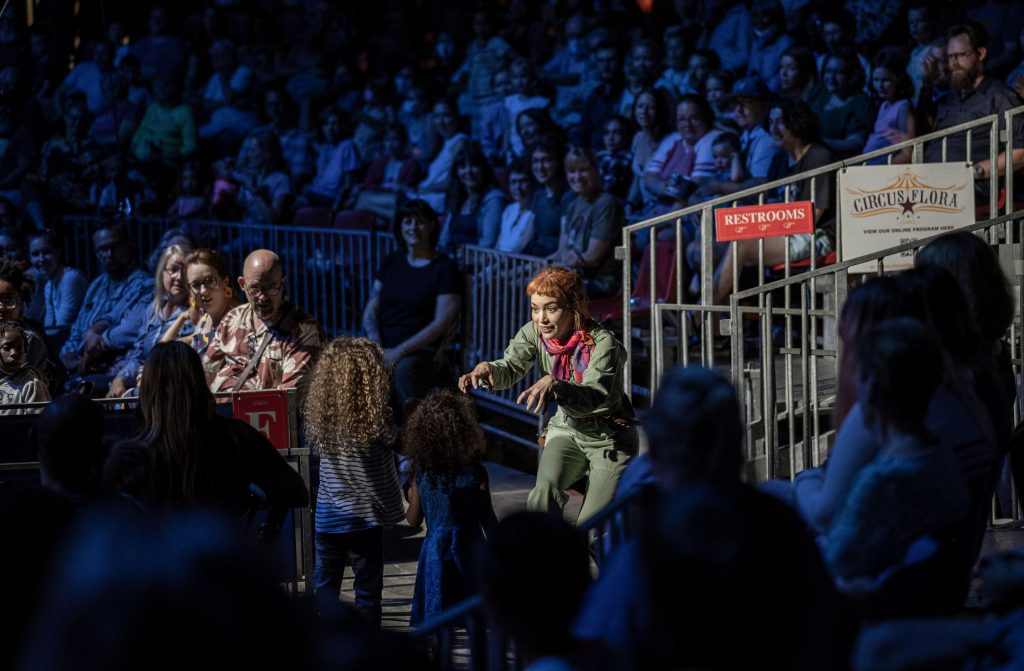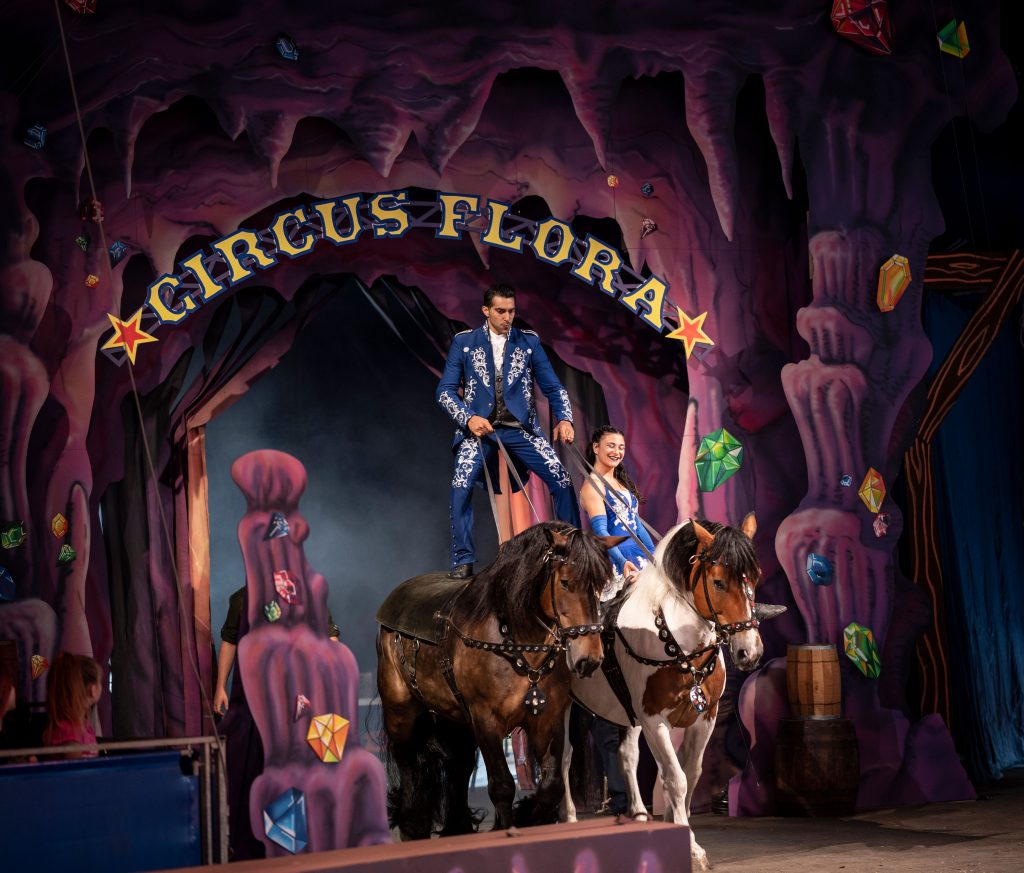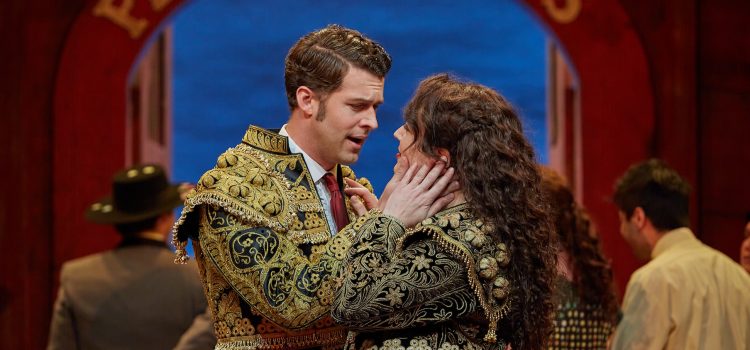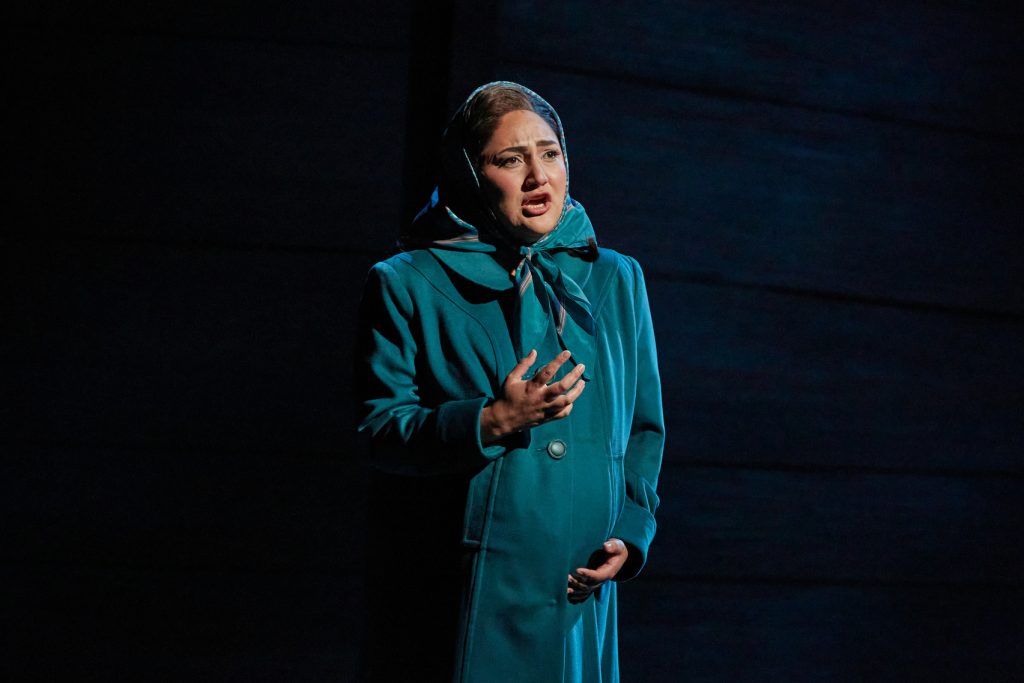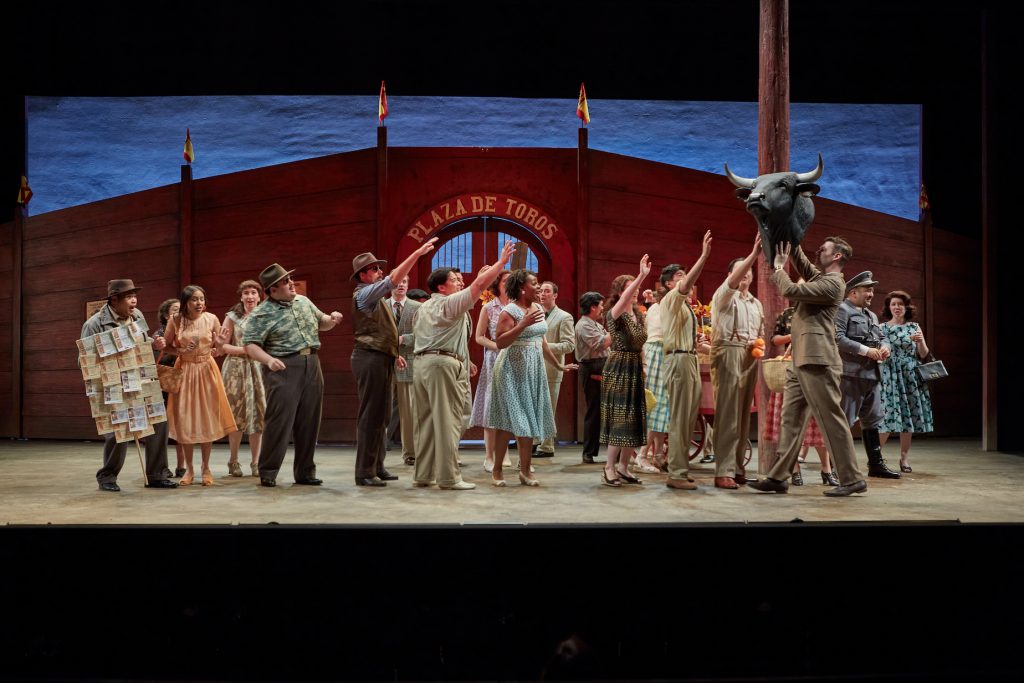By CB Adams
St. Louis’s Hard Bop Messengers new, first album, “Live At The Last Hotel,” has been on my repeat play in recent weeks – partly because I enjoy it, partly because I don’t listen to a lot of new jazz, and partly because I’ve been struggling to find a way to describe it.
As a visual and written artist myself, I often listen to jazz while I’m doing my own creating, but that’s more than a little unfair to those musical artists. It’s akin to saying I like a painting because it matches my couch. There just are times when one needs to be focused and present when experiencing a piece of music.
All of this is to say that I’ve been seeking a way of explaining why the Hard Bop Messengers, led by John Covelli, deserves more name recognition – in and out of jazz circles – both locally and beyond. To borrow an old phrase, “Writing about music is like dancing about architecture.” I’m dancing to explain why their “Live At The Last Hotel” deserves a wider audience, even as their most recent shows in and out of town have been well-attended by jazz venue standards.
To address these challenges, I am reminded of something from William Deresiewicz’s 2020 The Death of the Artist: How Creators Are Struggling to Survive in the Age of Billionaires and Big Tech. “When people get a little extra money, one of the things that they spend it on is art…We do not need the government to pay for art, or the rich with their philanthropy. We only need each other.”
Although not endemic to St. Louis, the various arts tend to become stovepiped – if not downright inbred — within their own communities and patrons. Jazz people hang with jazz people, abstract painters with other abstract painters, stage folks with stage folks, etc. So, it’s hard to attract attention outside of one’s artistic sphere.
But “Live At The Last Hotel” is the sort of jazz album that should pull most anyone out of their usual orbit. As hinted by its title, “Live At The Last Hotel” tells a story. In fact, it’s the equivalent of a book of connected short stories. The genesis of this collection was a tune called “The Lobby,” written by Covelli, who was inspired to conjure the vibe of sets played by the Hard Bop Messengers in the real-life lobby of downtown St. Louis’s The Last Hotel.
Under the leadership of Covelli, the band is composed of Ben Shafer (alto and tenor sax, flute), Luke Sailor (piano) Chris Meschede (upright bass) and Nick Savage (drums) and Matt Krieg (vocals). The album was recorded in 2021 at Webster University Studio A and engineered and mixed by Daniel Ruder.
Based on positive response to “The Lobby,” Covelli began creating a cinematic cycle of songs set at the fictionalized hotel with titles such as “Meeting Friends,” “Standin Up Against the Wall” and “Make the Beds.” Each song tells a story, and the entire sequence provides a cohesive narrative that is sometimes slightly melancholic and sometimes upbeat and bouncy.
There’s something about the tone of this album that is captured in Billy Joel’s “Days To Remember” and the lines “…We walked on the beach beside that old hotel / They’re tearing it down now / But it’s just as well…” Perhaps that tone is the result of the album’s production during the band’s pandemic-enforced live performance shutdown.
As befits their name, the style of the Hard Bob Messengers falls within the hard bop subgenre extension of bebop, but titles like this fail to accurately capture the band’s fizzy, subtle influences from rhythm and blues, gospel music and blues. There are two distinct voices in this album. One voice is Krieg, who provides vocals for Covelli’s minimalist lyrics that provide the setting for each of the album’s 11 songs in two acts.
The other voice is from Covelli’s trombone – a voice that weaves and blends into, not away from, the songs. Don’t let the word trombone throw you off. Covelli’s is not of Music Man’s “76” variety. If anything, it is closer to Star Trek’s William Riker’s variety of jazz.
Among the stringed instruments, the cello is said to be the closest in range to the human voice. Among the wind instruments, the same could be said for the trombone, especially as blown by Covelli. Hector Berlioz got is right when he said, “… the trombone is the true head of the family of wind instruments… It possesses nobility and grandeur to the highest degree.”
But make no mistake. This is not a “trombone” album. It is an ensemble affair, and all players have the opportunity to shine in their own ways. The Messengers have a cohesive camaraderie that is surely as comfortable to play as it is to listen to.
There’s the old line about “A jazz musician is someone that puts a $5,000 horn in a $500 car and drives 50 miles for $5 gig.” That’s a funny – but sad and true – commentary about much in the arts. Perhaps the Hard Bop Messengers could enjoy a better fate than that with their album sales and attendance at their gigs. They surely deserve it.
“Live At The Lost Hotel” is available from www.pacificcoastjazz.com, Amazon and iTunes, and their Facebook page (@hardbopmessengers) lists upcoming performances.

CB Adams is an award-winning fiction writer and photographer based in the Greater St. Louis area. A former music/arts editor and feature writer for the St. Louis Globe-Democrat, his non-fiction has been published in local, regional and national publications. His literary short stories have been published in more than a dozen literary journals and his fine art photography has been exhibited in more than 40 galley shows nationwide. Adams is the recipient of the Missouri Arts Council’s highest writing awards: the Writers’ Biennial and Missouri Writing!. The Riverfront Times named him, “St. Louis’ Most Under-Appreciated Writer” in 1996.

